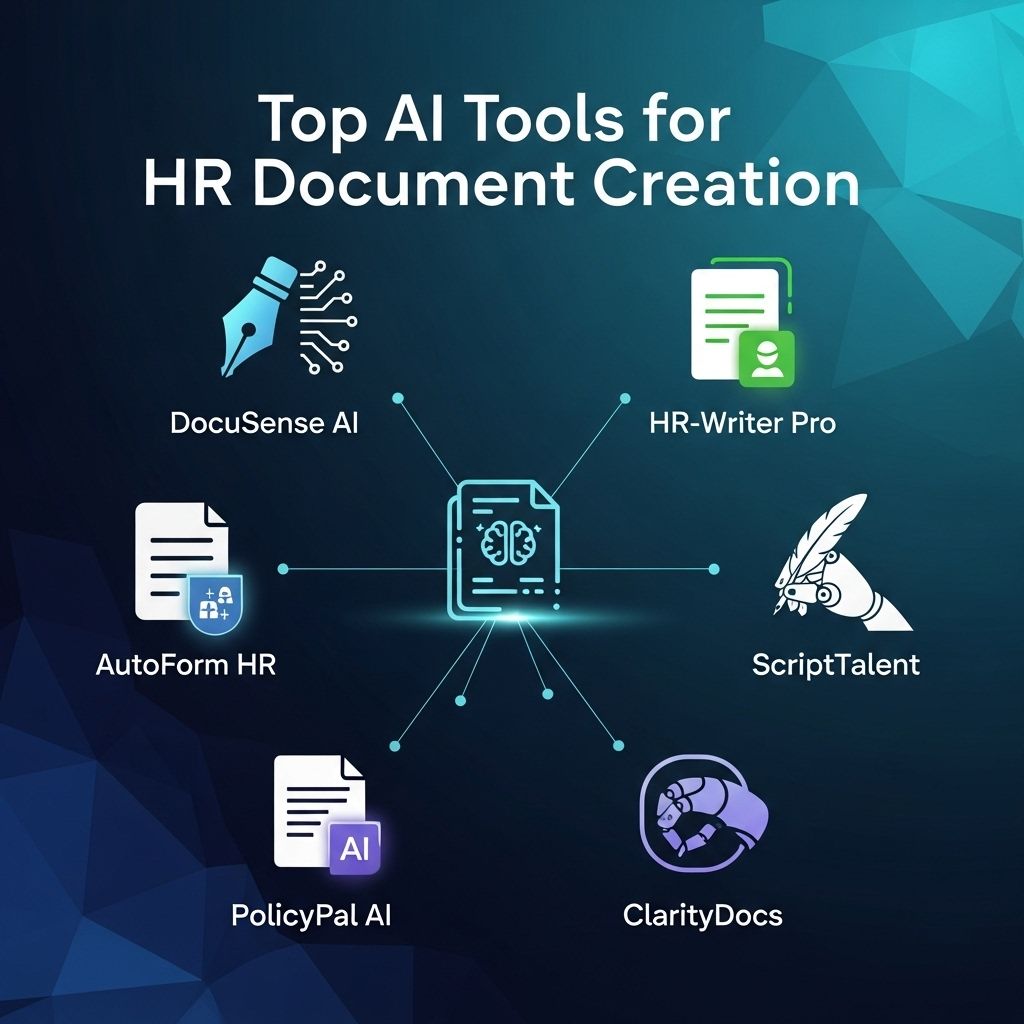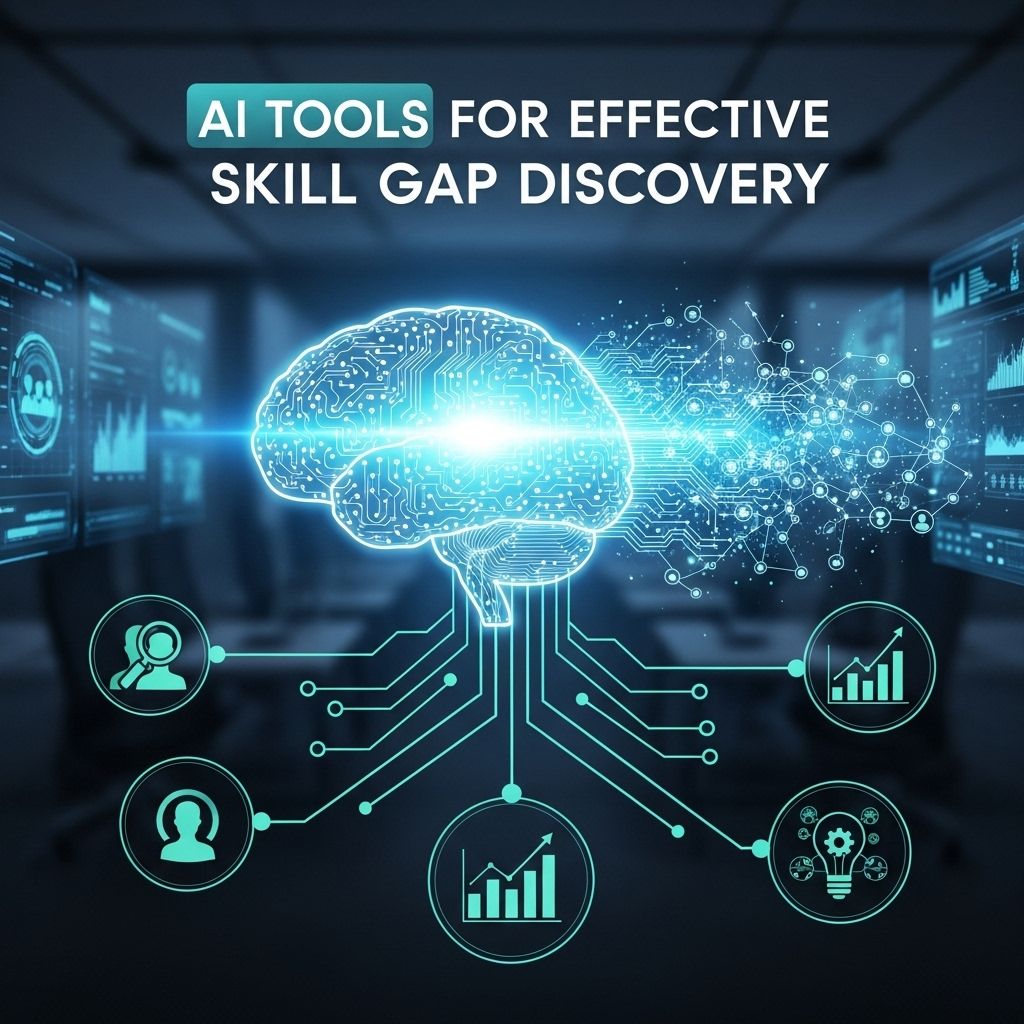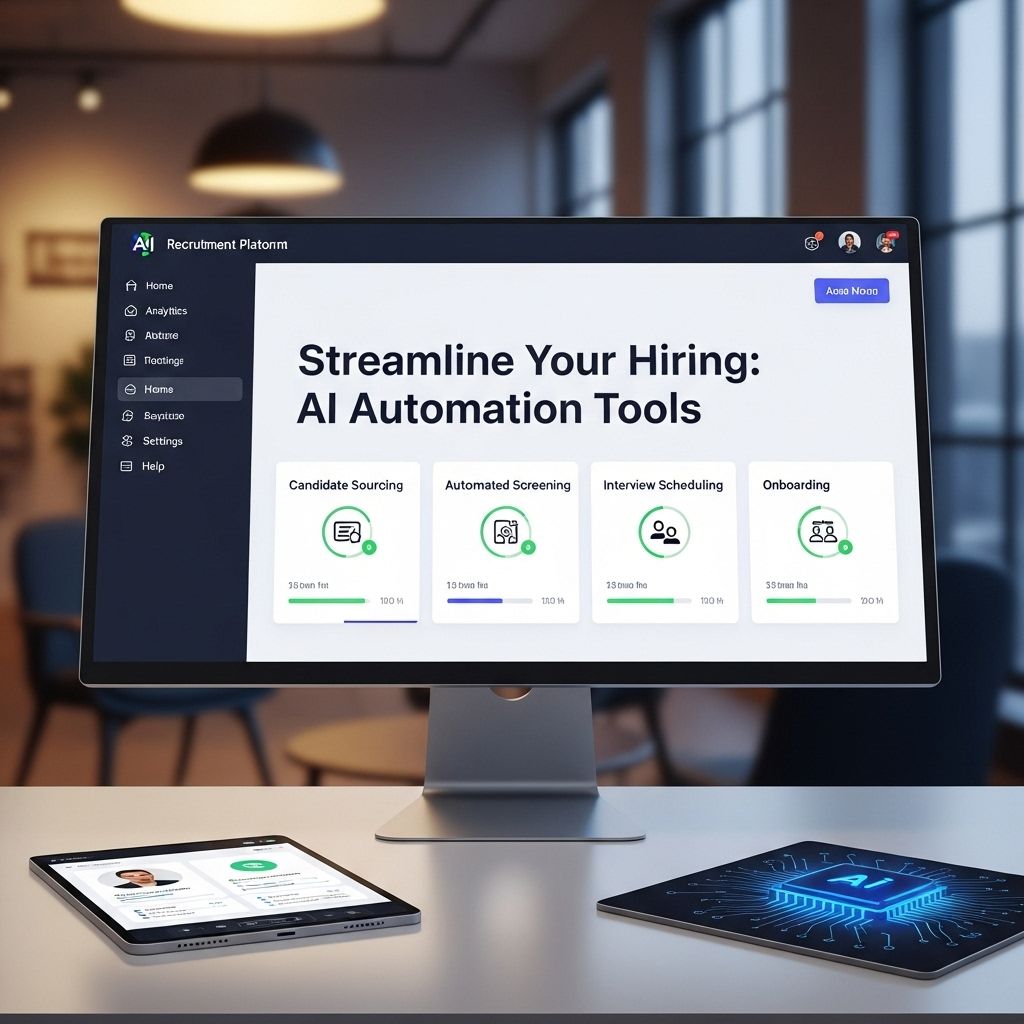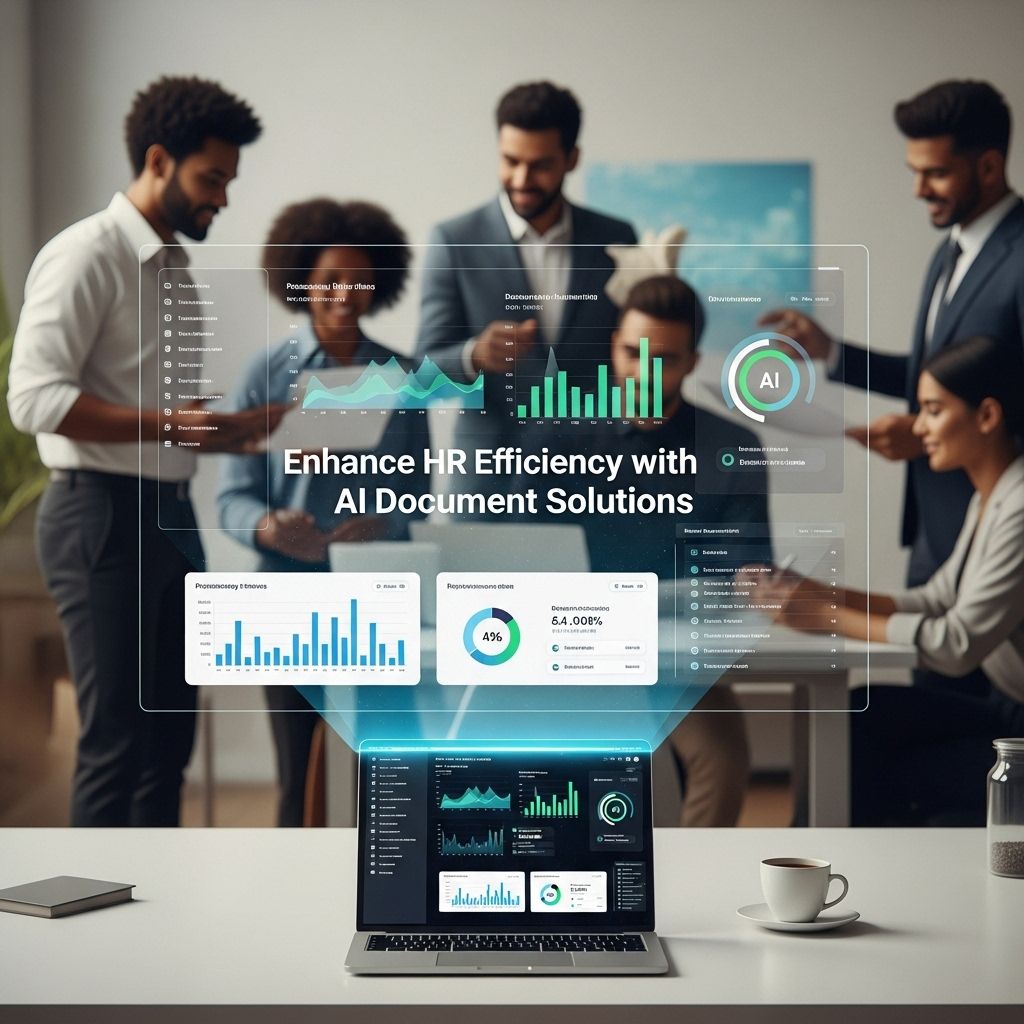Revolutionize HR with AI Sentiment Analysis Tools
Discover how AI sentiment analysis tools can transform HR by improving employee engagement and decision-making.
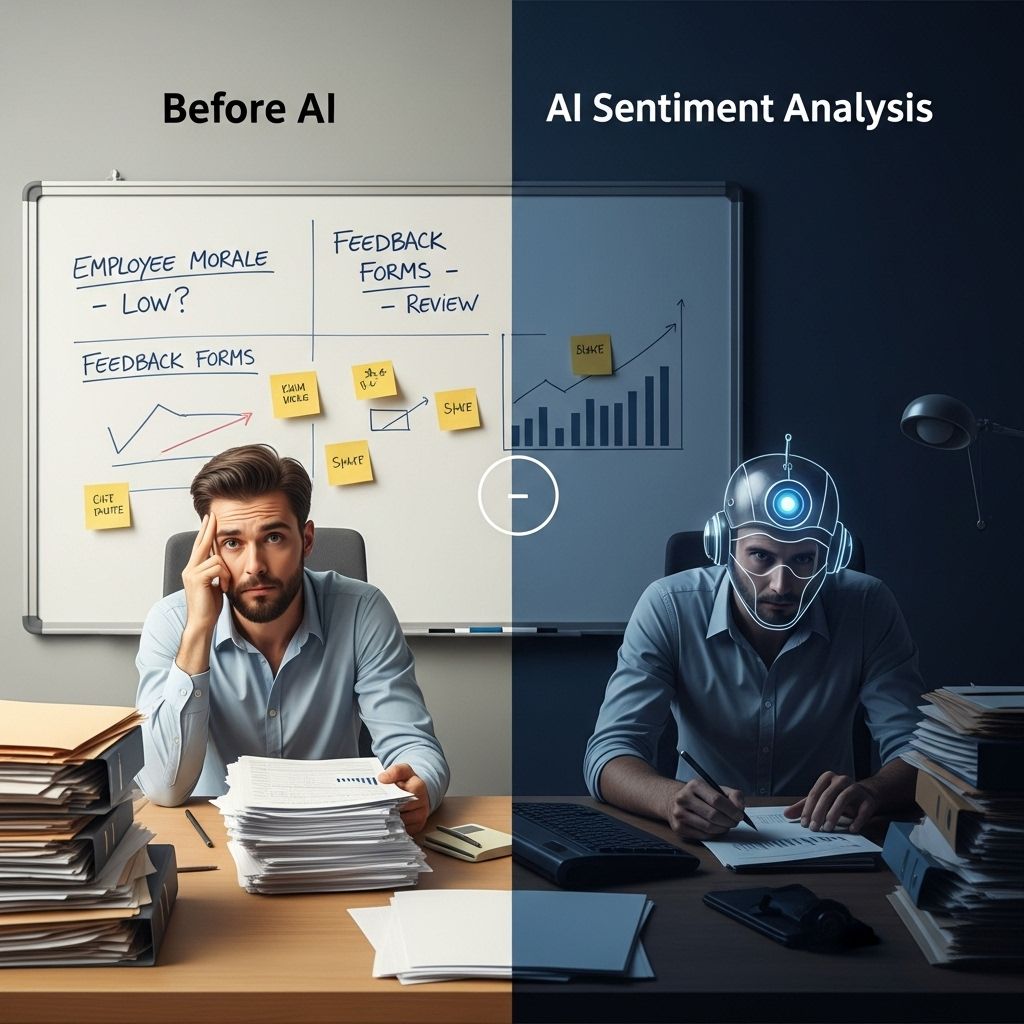
In today’s fast-paced business environment, human resources (HR) departments are constantly looking for innovative ways to enhance employee engagement and improve workplace dynamics. One of the most promising advancements in this area is the integration of AI sentiment analysis tools. These sophisticated technologies allow organizations to gauge employee sentiment through various channels, providing insights that are crucial for fostering a positive workplace culture.
Table of Contents
Understanding AI Sentiment Analysis
AI sentiment analysis refers to the use of artificial intelligence algorithms to interpret and classify the emotional tone behind a series of words. This technology processes textual data to understand whether the sentiment expressed is positive, negative, or neutral. By applying machine learning and natural language processing (NLP), organizations can extract valuable insights from employee feedback, emails, social media interactions, and more.
The Importance of Sentiment Analysis in HR
As the landscape of work continues to evolve, understanding employee sentiment has never been more critical. Here are several key reasons why sentiment analysis is vital for HR:
- Enhanced Employee Engagement: By analyzing feedback, HR can identify factors driving engagement and areas needing improvement.
- Proactive Conflict Resolution: Tools can highlight negative sentiments that may indicate underlying issues before they escalate.
- Data-Driven Decision Making: Insights obtained can inform HR policies, training programs, and recruitment strategies.
- Improved Retention Rates: By understanding employee satisfaction, organizations can tailor retention strategies effectively.
How AI Sentiment Analysis Tools Work
Implementing AI sentiment analysis involves several key processes:
- Data Collection: Gathering text data from various sources such as surveys, emails, and social media.
- Text Processing: Cleaning and normalizing data to prepare it for analysis.
- Sentiment Classification: Applying machine learning models to classify the sentiment of the processed text.
- Data Visualization: Presenting findings through dashboards and reports for easy comprehension.
Common Techniques Used
Several techniques are employed in AI sentiment analysis:
| Technique | Description |
|---|---|
| Lexicon-Based Analysis | Utilizes predefined lists of words associated with positive or negative sentiments. |
| Machine Learning | Involves training algorithms on labeled datasets to predict sentiment in new data. |
| Deep Learning | Uses neural networks to capture complex patterns in large datasets for improved accuracy. |
Implementation of AI Sentiment Analysis in HR
To successfully implement AI sentiment analysis tools in an HR context, organizations should follow a systematic approach:
Step 1: Define Objectives
Clearly outline what the organization hopes to achieve with sentiment analysis. Objectives may include:
- Measuring employee satisfaction over time
- Identifying high-risk employees who may be considering leaving
- Assessing the impact of new policies or changes
Step 2: Choose the Right Tools
Select AI sentiment analysis tools that align with the organization’s objectives. Consider options such as:
- Natural Language Toolkit (NLTK): A leading platform for building NLP programs.
- IBM Watson: Offers advanced sentiment analysis capabilities with easy integration.
- Google Cloud Natural Language: Provides powerful sentiment analysis features for large datasets.
Step 3: Data Collection and Integration
Gather data from multiple sources. This can include:
- Employee engagement surveys
- Exit interviews
- Performance reviews
- Feedback from internal communication channels
Integrate these sources into the chosen sentiment analysis tool for comprehensive insights.
Step 4: Analyze and Interpret Data
Once data is collected, employ the AI tool to analyze employee sentiments. Look for trends and patterns that can inform HR strategies.
Step 5: Take Action
Use the insights gained to drive meaningful change. Develop action plans that may include:
- Implementing new engagement initiatives
- Adjusting management styles
- Providing additional support and resources for employees
Case Studies of Successful Implementation
Many organizations have successfully harnessed AI sentiment analysis tools to transform their HR practices. Here are a couple of notable examples:
Company A: Boosting Employee Engagement
Company A implemented sentiment analysis tools to analyze employee feedback from surveys and internal communications. The analysis revealed that employees felt disconnected from leadership. In response, HR organized regular town hall meetings, significantly increasing engagement scores in subsequent surveys.
Company B: Reducing Turnover Rates
Company B utilized sentiment analysis to monitor employee sentiment during a major organizational change. By detecting early signs of dissatisfaction, HR was able to address concerns proactively, resulting in a 20% reduction in turnover rates.
Challenges and Considerations
Despite the potential benefits, organizations should be aware of challenges associated with AI sentiment analysis:
- Data Privacy: Ensuring compliance with data protection regulations when processing sensitive employee data.
- Accuracy Issues: The effectiveness of sentiment analysis can depend on the quality of training data and model selection.
- Change Resistance: Employees may be hesitant to share honest feedback if they fear repercussions.
The Future of HR with AI Sentiment Analysis
The integration of AI sentiment analysis tools is not just a trend; it is the future of human resource management. As technology advances, these tools will become more sophisticated, enabling deeper insights into employee behavior and sentiment. Companies that proactively adopt these technologies will likely gain a competitive edge in attracting and retaining talent.
In conclusion, AI sentiment analysis tools offer HR departments a revolutionary way to understand employee sentiment and foster a positive workplace culture. By leveraging these tools effectively, organizations can make informed decisions that lead to enhanced employee engagement, improved retention rates, and overall organizational success.
FAQ
What is AI sentiment analysis in HR?
AI sentiment analysis in HR refers to the use of artificial intelligence tools to evaluate employee feedback and sentiments, helping organizations understand employee morale and engagement.
How can AI sentiment analysis improve employee engagement?
By analyzing employee feedback and sentiments, AI sentiment analysis tools can identify areas of concern, enabling HR to address issues proactively and foster a more engaged workforce.
What are the benefits of using AI in HR?
Using AI in HR can streamline processes, enhance decision-making, improve employee experience, and provide valuable insights into workforce dynamics and sentiment.
Can AI sentiment analysis tools predict employee turnover?
Yes, AI sentiment analysis tools can identify negative trends in employee sentiment, which may indicate potential turnover, allowing HR to take preventative measures.
What data sources can AI sentiment analysis tools use?
AI sentiment analysis tools can analyze various data sources, including employee surveys, performance reviews, social media interactions, and internal communication platforms.
Is AI sentiment analysis suitable for all types of organizations?
Yes, AI sentiment analysis can benefit organizations of all sizes and industries by providing insights into employee sentiment and enhancing HR strategies.



